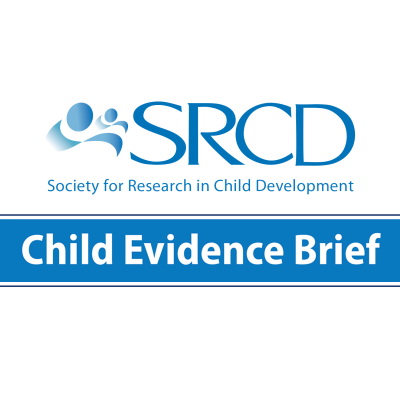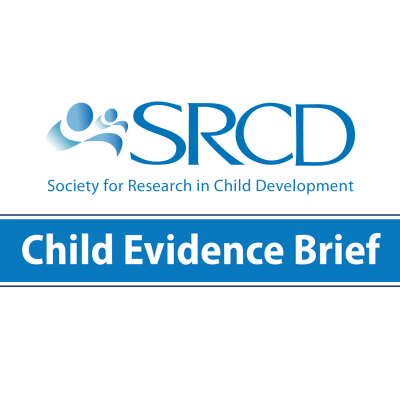Using Research in Policy and Practice
Social Policy Report Brief, Volume 26, Issue 2
Why Does This Matter?
Policymakers and practitioners in many fields understand the importance of instituting policies and practices that are informed by evidence. Increasingly, legislation is mandating and attaching incentives to using research. Despite these efforts, gaps remain between research on the one hand and policy and practice on the other. Researchers need a stronger understanding of policymakers’ and practitioners’ needs; practitioners need greater capacity to acquire, interpret, and use research; and policymakers need to know how to create conditions that allow both to occur.
The call for evidence-based policy and practice is widespread, yet significant gaps remain between research, policy, and practice. Steps are needed to strengthen the bridge.
Policy and Practice Implications
To bridge the fields of policy and practice with that of research, there is a need for:
- Stronger bridges between researchers, policymakers, and practitioners, such as through partnerships, to inform the development of research agendas and provide opportunities to clarify research findings and explore ways to use them;
- Incentives and support for studies on the use of research to increase knowledge about the intended users of research, what types of research are relevant to their needs, and when and how research is used;
- Studies that examine government agencies’ efforts to disseminate research and their effectiveness;
- Investment in activities that help policymakers and practitioners translate and interpret research for their particular needs; and
- Support for agencies in deciding whether and how to implement evidence-based practices, including understanding whether these practices would be a good fit for the populations agencies serve, their operating conditions, and their local contexts, as well as ensuring agencies the flexibility to adapt evidence-based practices and study their implementation and effectiveness.
What the Research Says
A new body of research examines when, how, and under what conditions research is used and how it is seen. It shows that:
- While research sometimes influences practice and policy, this use of research isn’t the norm.
- Efforts to improve the quality of research have boosted scientific rigor in testing what works and synthesizing that evidence. Also improved: increasing communication, dissemination, marketing, and providing information in more accessible forms, like policy briefs and searchable databases. But those efforts haven’t brought large-scale improvements in the use of research.
- There are initiatives to learn more about when, how, and under what conditions research is used and how it is seen.
- For example, one study1 on school boards’ use of different types of evidence found that evidence from research (empirical findings from systematic analysis of information) was rarely used to make decisions. More often used: evidence from experience (based on observation or participation), examples (cases, incidents), data (test scores), and testimony (quotes or paraphrases of individual or group experiences).
- The use of research is hindered by researchers’, practitioners’, and policymakers’ differing definitions of research and criteria for evaluating its trustworthiness and utility. In addition, practitioners value research that has relevance for the particular populations they serve and the contexts in which they work; they also seek increased information on implementation.
1This study was funded by the W.T. Grant Foundation.
Facts at a Glance
- Several agencies have defined standards of evidence as a basis for creating lists of effective programs, including the U.S. Department of Education’s What Works Clearinghouse, the Substance Abuse and Mental Health Services Administration’s National Registry of Evidence-Based Programs and Practices, the Blueprints for Violence Prevention supported by the federal Office of Juvenile Justice and Delinquency Prevention, and the California Clearinghouse for Evidence-Based Practice in Child Welfare.
- The scientific community has articulated standards for specific areas, such as the National Research Council’s Committee on Scientific Principles for Education Research (2002) and the National Science Foundation’s (2003) standards for qualitative research. The Society for Prevention Research created a Standards of Evidence Committee that developed criteria for efficacy, effectiveness, and dissemination studies.
- Regional Educational Laboratories receive contracts from the Institute for Education Sciences to support researchers’ efforts with local and state education agencies. The Consortium on Chicago School Research, the Carnegie Foundation for the Advancement of Teaching’s Networked Improvement Communities, and the Strategic Educational Research Partnership are researchpractice partnership models.
This brief summarizes a longer Social Policy Report, "The Uses of Research in Policy and Practice," by Vivian Tseng, Vice President, Programs, at the William T. Grant Foundation.


